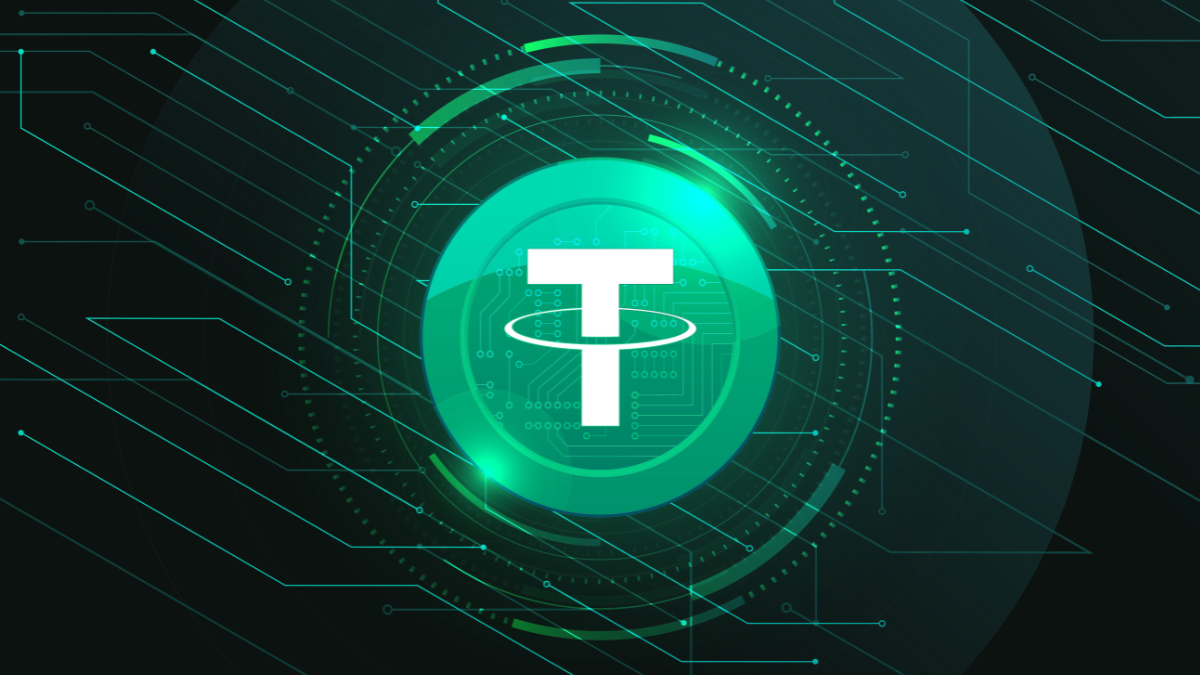Tether Unveils Demo of Non-Custodial Wallet Kit

Tether, the issuer of the world’s largest stablecoin USDT, has unveiled a demo of its Wallet Development Kit (WDK), signaling a strategic move into the digital wallet infrastructure space. The demo, shared by Tether CEO Paolo Ardoino on X, illustrates the company’s ambition to expand beyond stablecoin issuance and provide tools that can accelerate adoption of non-custodial wallet solutions across the crypto ecosystem.
Features of the Wallet Development Kit
The Wallet Development Kit is designed as a non-custodial, open framework that allows developers to build digital wallets without starting from scratch. According to Ardoino’s presentation, the WDK incorporates reusable encapsulated user interface components, simplifying the integration process for developers. It also demonstrates compatibility across both desktop and mobile environments, offering flexibility for end users regardless of device.
The WDK currently supports Tether’s primary stablecoin, USDT, as well as “USDT0,” a parallel token in Tether’s ecosystem. Tether emphasized that the framework has undergone security audits to ensure resilience against potential exploits, a key consideration given the heightened risks in wallet development and custody.
The non-custodial architecture ensures that end users retain full control of their assets, aligning with the broader crypto movement toward decentralization and self-sovereignty. This design choice reflects growing demand for wallet solutions that prioritize user ownership over custodial reliance on centralized intermediaries.
Open-Source Release and Market Implications
Tether has stated that it will release the Wallet Development Kit as open source, with industry outlets suggesting that the launch may occur in early Q4 2025. By making the kit publicly accessible, Tether hopes to attract developers, fintech startups, and institutional players seeking customizable, secure wallet infrastructure.
Analysts note that this move underscores Tether’s intent to deepen its influence in the digital asset industry. As the most widely used stablecoin globally, USDT already underpins a significant portion of crypto trading volume. By providing wallet infrastructure, Tether could extend its reach into how stablecoins and other assets are stored, managed, and transacted.
The release also comes amid increasing competition in the digital wallet sector. Established players such as MetaMask, Trust Wallet, and Coinbase Wallet have cultivated strong user bases, while newer entrants focus on modular, developer-friendly solutions. For Tether, the success of the WDK will depend heavily on whether developers embrace the toolkit once the code becomes available.
Industry observers suggest that Tether’s emphasis on security and non-custodial design may give the WDK an advantage in regions where users are particularly sensitive to custodial risks. Additionally, with regulatory pressures mounting globally, offering open-source, auditable infrastructure could help build trust among developers and regulators alike.
Tether’s pivot into wallet infrastructure reflects the company’s broader strategy to embed itself deeper into the crypto ecosystem. If widely adopted, the Wallet Development Kit could strengthen Tether’s role not only as a stablecoin issuer but also as a key infrastructure provider shaping the future of digital asset custody and management.
At roughly 500 words, the article highlights the technical features, market implications, and competitive context of Tether’s WDK demo, providing readers with a comprehensive overview of the development.

